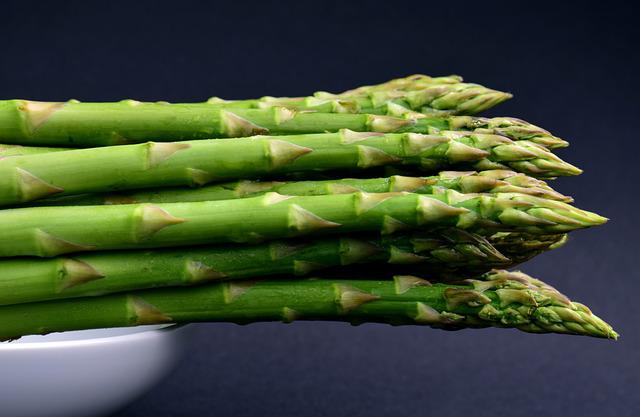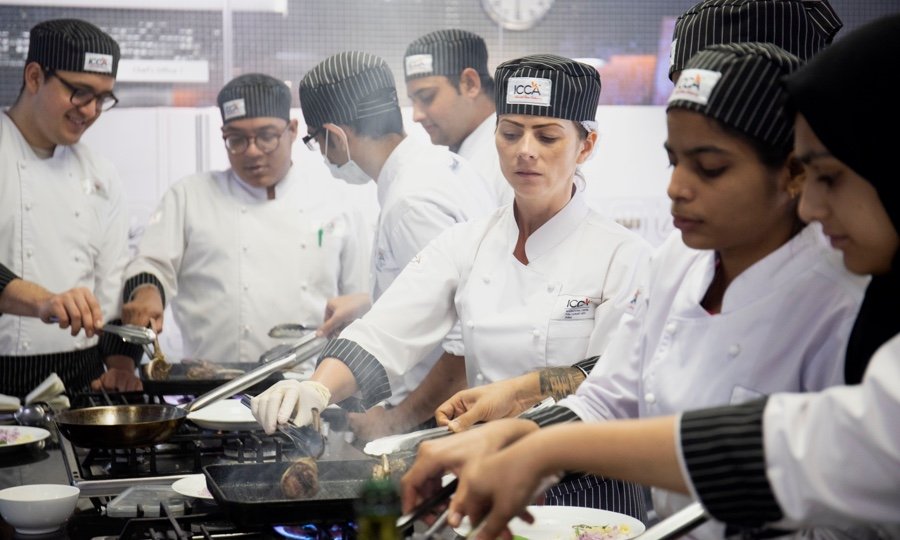
Healthy cooking isn't just a trend. Learn how to make your own stocks and broths so you can control the sodium and fat that goes into your food. When possible, use local ingredients. And, take an internal temperature reading of your food to ensure it's done. You won't regret. These are just a few other ideas to help you get started. You'll be surprised at just how easy it is to make healthier meals at home.
Healthy cooking isn’t a fad
If you're looking to improve your health and the quality of your life, healthy cooking is an excellent way to do that. It's not a fad. Healthy cooking isn’t a passing fashion. Food companies, from Campbell Soup to PepsiCo, aren't just following a trend. They actively promote healthier food choices and increase their retail distribution.
You have complete control over how much sodium and fat you put into your meals by making your own broths or stocks
Making your broths and stock can be both delicious and healthy. You can roast bones to caramelize the meat and add an earthy flavor to your finished product. The final stock is enhanced with gelatin and collab from the use of cartilage and bones from veal. Stock can also be used to substitute for vegetable stock in many recipes if you are vegetarian. Bone broth can also be frozen for later use.
Vegetable stock is one of the most versatile cooking liquids. The vegetable stock is made up of vegetables, potatoes and onions. It works well for thick stews, gravies, sauces, and Swedish meatballs. Turkey stock uses vegetables and other spices. It's also a great way to use up leftover pot pie. You don't have to be a fan of chicken stock or beef. There are many options for turkey stock or chicken stock.

The best way to tell when something is done is to measure the internal temperature of your food.
A food thermometer should be your best tool for cooking meats and poultry. Although the surface of the meat or poultry may look cooked, the inside isn't always done. The juices may appear clear, but the meat inside isn’t. Although it may seem tempting, this is not a good indicator of doneness.
To kill harmful bacteria and fungi, it is important to cook food at the correct temperature. If it's not cooked to a safe temperature, it can cause food poisoning. It's a good rule to make sure that the food is cooked to the temperature necessary to let steam escape. You can test this by inserting a thin knife into the center of the meat or poultry.
Using local ingredients
Locally sourced ingredients are one of the best ways for restaurant owners to attract customers. Although there is always the risk of charging too much for local ingredients, seasonal ingredients are a great way to cut costs. You can also use USDA’s Mixing Bowl for recipes that are based only on what is readily available. By using seasonal ingredients, you can create seasonal menus that don't require you to purchase seasonal products.
Locally sourced foods have the advantage of being fresh and high quality. Local farmers will provide fresher and healthier meat and produce than the ones you would get from a supermarket. Working directly with local farmers is a way to help your local economy. You can reduce your carbon footprint by choosing locally-sourced produce.

FAQ
What are the requirements to become a chef?
You must hold a bachelor's in culinary arts to be a chef. A series of tests must be passed by the ACF. Once you've completed these requirements, you'll receive a certificate verifying your qualifications.
How long does learning to cook take? How long do I need to learn to cook?
It all depends on what level of skill you have. Some people are able to learn basic cooking skills in a matter of days. Others may take several months or longer to feel competent enough to teach themselves how they cook.
The time taken to learn to cook will depend on who you ask. Someone who has never been to the kitchen before might need more time than someone who does it regularly. Different types of cooking require different amounts of experience. Baking requires more knowledge than frying.
A specific technique will help you cook faster. You can then move on to the next technique once you have mastered it. You don't need to worry about how many days or weeks it took to learn how to cook. Keep practicing and having fun with the whole process.
What is the best way to learn to cook?
Cooking should be something everyone can do. You will miss out on great meals if you don't learn how to cook. The first thing you need to do when learning to cook is to find a recipe that you like and follow it closely. Next, practice making small tweaks to the recipe until the dish is your own. You can also try cooking for other people. This will help you improve at cooking and also allow you to test your skills.
Do I need special equipment to cook?
It doesn't take any special equipment or tools to learn to cook. However, having the right tools can make cooking easier. To make pasta easier, you can use a knife to cut the pasta and a whisk to whip up egg whites to stiff peaks. Having the right tools makes cooking less intimidating and allows you to start faster.
Statistics
- You'll be amazed that over 90% of CIA students receive scholarships and grants to finish their culinary studies. (ischoolconnect.com)
- On average, chefs earn $58,740 a year, according to the BLS. - learnhowtobecome.org
- under 10 Kids have been taught that there is special food just for them, and Fiese says that 10 percent of kids will throw a tantrum if they don't get the food they want. (washingtonpost.com)
External Links
How To
How to make a perfect Omelette
Omelets have always been a favourite food to eat for breakfast. But how do they turn out so perfectly? There are many recipes and methods I tried, but none worked. So I am sharing some tips and tricks today to help you make fluffy, delicious omelets every morning.
Before we start making omelets, let's remember that eggs are temperamental. They must be fresh, preferably from the organic market, and be kept cold until cooking. The yolks and whites will not form properly if they aren't kept cold enough. This will make your omelets appear strangely colored. If you want to make omelets right away, it's best not to use eggs that are too cold.
Another tip is to separate each egg before adding them to the saucepan. Because this could cause your omelet to become curdled, you don't want any yolk to be mixed with any white.
The bottom part of an egg that is added directly to the stovetop might be burned, which could cause a ruined texture in your omelet. Instead, put the egg in the microwave for 10 seconds before putting it into the pan. The microwave heat will cook the egg just right without making it too hot.
Next, let’s talk about mixing the egg. Mixing eggs together is important. You need to beat them well. To do this, take the bowl from the mixer and flip it upside-down. Next, shake the bowl vigorously. By doing this, the egg is thoroughly mixed with the air in the bowl.
Now comes the fun part - pouring the milk into the mixture. The first step is to pour half of the milk in the beaten eggs. Next, fold the eggs into the remaining milk. Do not worry if you see streaks of egg; they will disappear when the omelet is flipped.
After you have folded the eggs, heat the oil in a pan over medium heat. Once the oil has started to sizzle, turn the heat down to low. When the oil is hot enough, add 1/4 cup butter to the pan. Stir it around until the butter covers the entire pan. Now carefully crack open the lid of the pan and sprinkle salt into the pan. Salt will prevent the omelet sticking to the pan.
Cover the pan once the omelet is formed and allow it to cool completely. Use a spatula to flip the omelet or turn the pan upside-down. Cook the opposite side for another minute. Serve the omelet immediately by removing it from the pan.
This recipe works best with whole milk, but skimmed milk also works.